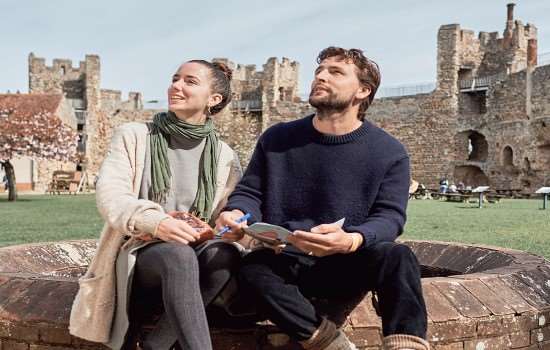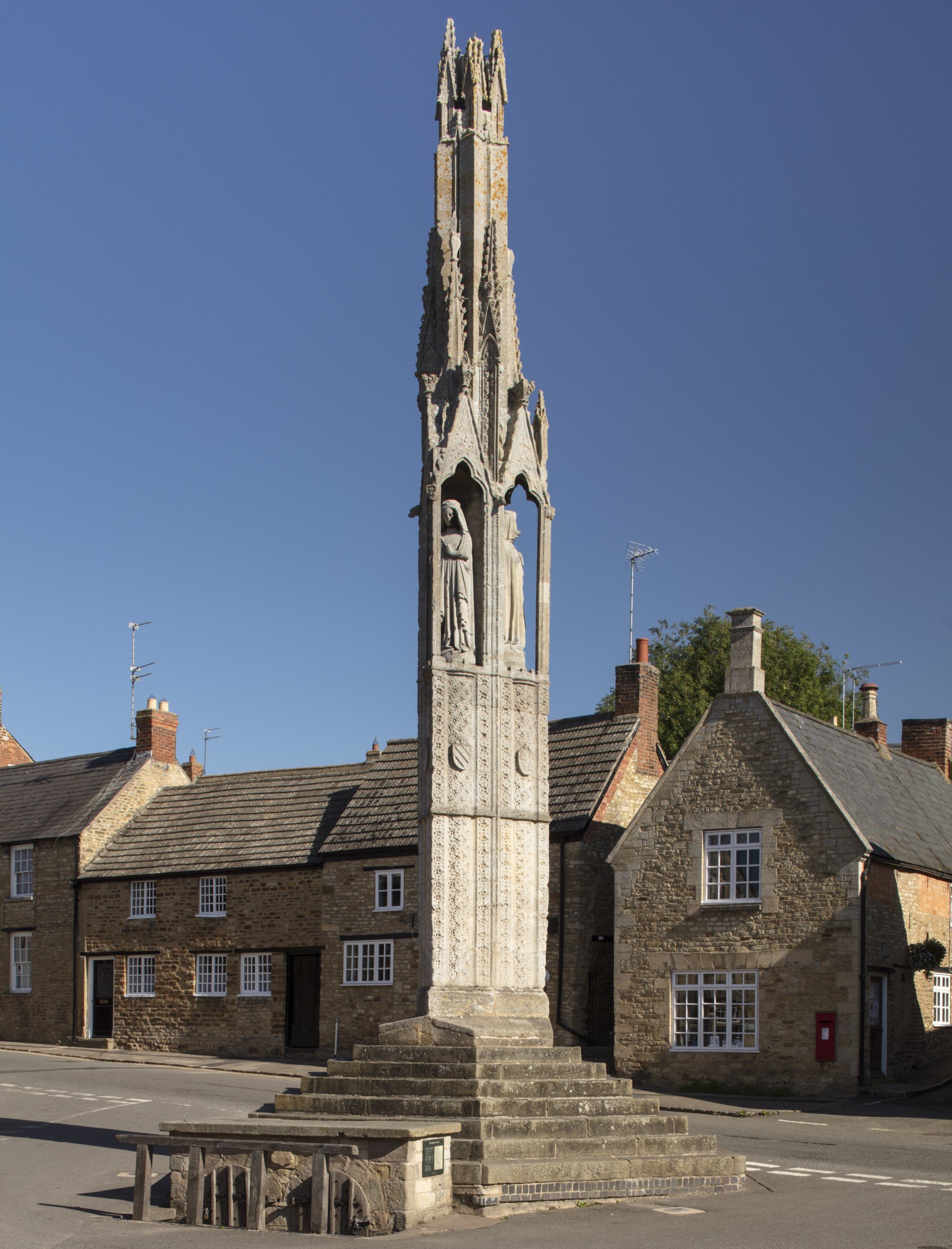Seven romantic objects at English Heritage sites
Take a look at these romantic historical objects from around our sites to see how love has inspired people throughout history
Engravings of Elizabeth I and Robert Dudley
This pair of 18th-century coloured engravings are copies of originals by Italian painter Federico Zuccaro. They depict Elizabeth I and Robert Dudley, who were very close friends. The two were certainly emotionally dependent on each other throughout their lives, but it’s unknown if they were they ever lovers.
The original paintings were commissioned by Dudley in the run-up to Elizabeth’s visit to Kenilworth in 1575, when he was trying to impress her enough for her to consider marrying him. The engravings were popular and were copied many times in the following centuries.
Visit Kenilworth Castle and Elizabethan GardenStatue of Apollo and Cupid at Ranger’s House
In Greek mythology, Apollo was known as the son of Zeus and Leto, and the twin brother of Artemis. In addition to being recognised as the god of the sun and the Muses, Apollo was also known for having many lovers, both male and female.
Apollo is typically depicted as seen in this late-18th-century marble statue, as a young man with an athletic build. His youth is emphasised by his beardlessness, and he is frequently shown with androgynous traits such as long, flowing hair and soft features. In the 18th and 19th centuries, Apollo was one of several figures from Greek and Roman mythology who came to represent homosexual love, especially among upper-class people who identified as homosexuals.
Visit The Wernher Collection at Ranger's HousePainting at Osborne House
In her later life, Queen Victoria may have given the appearance of an austere monarch, but the birthday gifts exchanged between her and her husband Prince Albert suggest an intimate private relationship that they were not able to show publicly.
Victoria bought Franz Xaver Winterhalter’s Florinda, a painting of semi-nude women preparing to bathe, for Albert’s birthday in 1852. Victoria regarded the painting as 'a most lovely picture containing a group of beautiful women' and was unperturbed by the female figures in various states of undress. It was her wish that it should hang directly opposite their side-by-side writing desks at Osborne, and the painting can today be seen in the Queen’s Sitting Room.
Visit OsborneRoman gold ring from Hadrian’s Wall
This intricate gold finger ring was found at Corbridge Roman Town. It is made of almost 12 grams of gold and has 16 facets, decorated with openwork peltas (crescent shapes) and a Greek inscription, ΠΟΛΕΜΙΟϒ ΦΙΛΤΡΟΝ, which translates as 'the love token of Polemius'. The material and wonderful craftsmanship means that the ring would have been a very expensive item and a specially commissioned piece.
In Roman life, religion, belief and magic were intertwined, so this ring might have been more than simply a statement of love. It could have been imbued with magical properties to aid Polemius in his search for love when he wore it.
Visit Corbridge Roman Town - Hadrian's WallStained-glass window at Belsay Hall, Castle and Gardens
This late-17th-century window from Belsay Castle celebrates the marriage of John Middelton (whose family owned the property) and Frances Lambert on 15 June 1699. The window consists of nine painted glass panels and is the work of master glass painter Henry Gyles (1645-1708) of York.
The crossed red rose and yellow narcissus symbolise the union of the two families, while the central design is painted with the Middleton family arms. On top of the baron’s helm is the ‘wild man’, a medieval mythical figure and the heraldic supporter for the Middleton coat of arms. Below the shield is a cherub's head emerging from golden wings above the Latin motto Les sis dire (‘Let speak’).
Visit Belsay Hall, Castle and GardensGold locket from Brodsworth Hall and Gardens
This oval gold locket with enamelled floral decoration belonged to Sylvia Grant-Dalton, who lived at Brodsworth in the 20th century. The locket contains a tiny photograph of her husband Charles that dates from six years before they were married in 1916. Sylvia and Charles were married for over 35 years and Sylvia continued to live in the hall for over 30 years after Charles’s death.
In the photo here you can also see the large group photograph that Sylvia cut the image out of and the gap where Charles’ head would have been. The locket is a gold pin brooch with two diamonds and a central amethyst.
Visit Brodsworth Hall and GardensEleanor Cross in Northamptonshire
In 1290, Eleanor of Castile, the beloved wife of Edward I and mother of his 14 children, died at Harby in Nottinghamshire. Edward spent three days in intense mourning, unable to leave Harby, and then led her funeral procession, journeying some 200 miles to London over many days. The places where her body rested during the journey south to its tomb in Westminster Abbey were marked by stone crosses.
The stately triangular Geddington cross, with its canopied statues surmounted by a slender hexagonal pinnacle, is the best-preserved of only three intact survivors. Other crosses stand at Hardingstone on the southern edge of Northampton and at Waltham Cross, Hertfordshire.
Discover more of the storyFIND OUT MORE
-

VALENTINE'S DAY IDEAS
Spend a day exploring leafy woodlands, enchanting ruins and iconic castles and see where some of history's most interesting characters have lived and loved before.
-

Our five most romantic places
Nothing says 'I love you' like a date at one of England's most romantic sites. Romance, intrigue and scandal are at the heart of these properties - who can resist a good love story?
-

Valentine's Day at Our Holiday Cottages
Why not organise a surprise weekend getaway at one of our holiday cottages? From gatehouse towers to beachside retreats, a holiday with us is an unforgettable experience.






